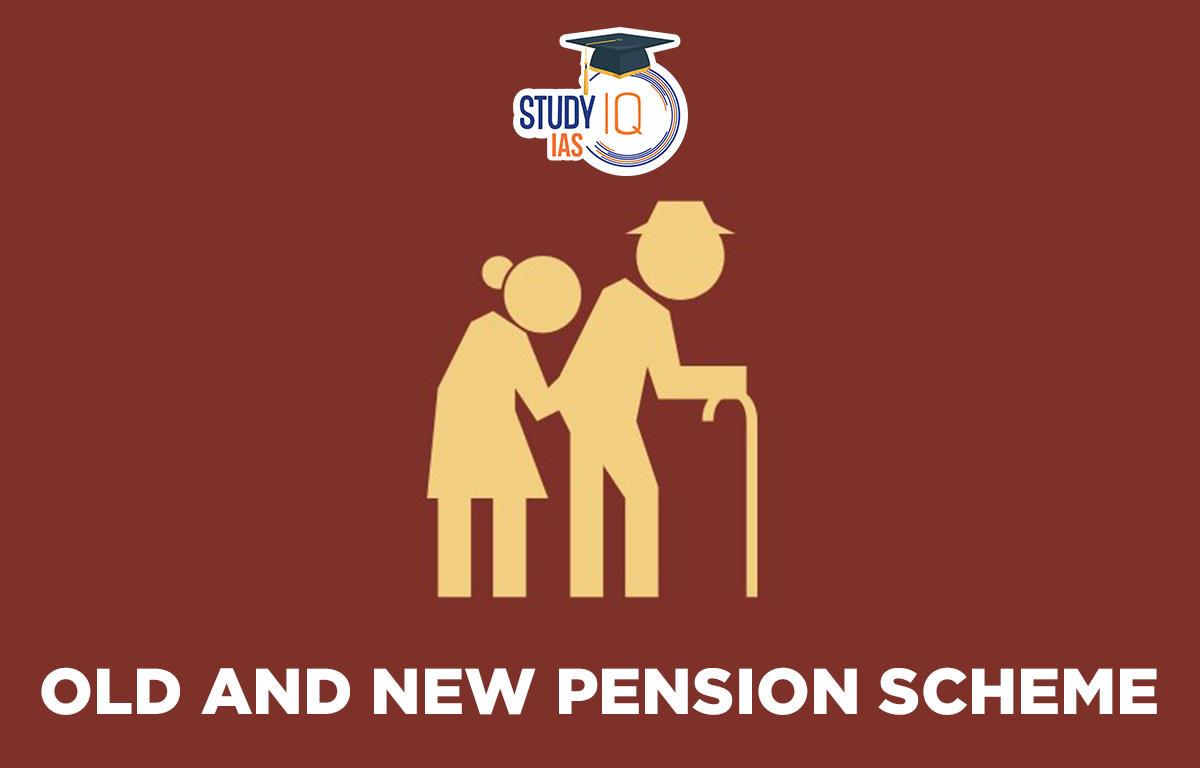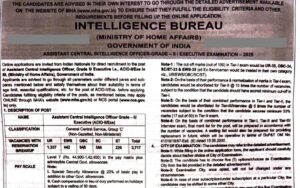Table of Contents
In News: The RBI has advised States against reversion to old pension system (OPS), citing financial risks.
Old and New Pension Scheme Background
- The OPS was discontinued by the Union government in 2003 and introduced the National Pension System (NPS) from April 1, 2004.
- However, the Armed Forces were not part of the new pension scheme.
- States such as Himachal Pradesh, Rajasthan, Chhattisgarh, Jharkhand and Punjab have so far restored the Dearness Allowance (DA) linked OPS for their employees.
Reasons for Adoption of OPS
- Short-term gains by Government: They save money since they will not have to put the 10 per cent matching contribution towards employee pension funds.
- Advantage for employees: It will result in higher take-home salaries, since they too will not set aside 10 per cent of their basic pay and dearness allowance towards pension funds.
Reasons for RBI’s Warning
- Unfunded pension liabilities: The reversion to OPS postpones the current expenses to the future, risking the accumulation of unfunded pension liabilities in the coming years.
- Reduction in allocation for critical sectors: Budget allocations towards medical and public health and natural calamities will be lowered as revenue will be spent on paying pensions and salaries.
- Increase in committed expenditure: Committed expenditure, that includes interest payments, administrative services and pension, is expected to increase.
- Fiscal burden: The government does not have accumulated funds or stock of savings for pension obligations under OPS and hence is a clear fiscal burden.
OPS vs. NPS
| Old Pension Scheme (OPS) | New Pension Scheme (NPS) |
| The OPS is a defined pension scheme of Govt. of India. There is no need for contributions.
Pension payout post-retirement is based on last drawn salary and length of service. Hence it is referred to as a ‘defined benefit system’. Upon retirement, employees receive 50 percent of their last drawn basic pay plus dearness allowance or their average earnings in the last ten months of service, whichever is more advantageous to them. The expenditure incurred on the OPS is borne by the government. Only government employees were eligible for receiving a post-retirement pension under OPS regime. |
NPS is a contributory pension scheme where the employee and the employer contribute their respective shares.
The government contributes 14 per cent towards the employees’ NPS accounts while employees contribute 10% of their basic salary. NPS is regulated by the Pension Fund Regulatory and Development Authority (PFRDA). Pension payout post-retirement depends on the returns generated by the corpus accumulated during the working years of the employee. NPS is based on market based returns over the long term. NPS covers the private sector and not just government sector. |


 DRDO and Air Force Successfully Test Ind...
DRDO and Air Force Successfully Test Ind...
 IB ACIO Recruitment 2025 Notification Ou...
IB ACIO Recruitment 2025 Notification Ou...





















